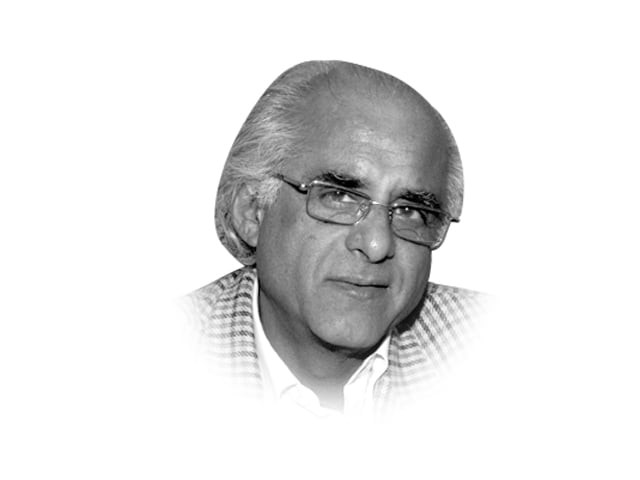The treasure of Derawar Fort
The fabulous treasure of Derawar Fort in Cholistan was immense, way beyond the wildest dreams of the richest king.

Years later, Obaidullah Baig, the master craftsman, doyen of documentary makers in Pakistan and the greatest of raconteurs in the country, told me another tale: Alexander, having conquered Sehwan, paused to take stock. Putting together a vast treasure collected over the years of conquest, a hundred camel loads’ worth, he entrusted it to his general Nearchus, instructing him to travel six days in a north-easterly direction to the midst of the great sandy desert (Cholistan). There, so the king ordered, he was to bury it.
Six days journey on the given bearing, said Obaidullah Baig, would make Derawar Fort a prime suspect as the hiding place. Upon hearing this, I recalled the second part of Omar’s tale: When the first Abbasi wrested Derawar from the Rajputs back in the 1730s, the keeper of the treasure agreed to lead one man, only one, to the treasure in the subterranean labyrinths.
Shortly, the two men re-emerged from the dark catacombs back into the presence of the nawab. The keys to the vaults were handed over and before anyone could stop him, the Rajput keeper of the treasure had leapt over the crenulations of the fort to his death. Though the nawab’s man confirmed to his master that there was indeed a treasure beyond imagination, but all attempts by the man to locate the vaults in the maze for his Nawab failed. Suspecting treachery and greed on the part of his man, the Nawab had him tortured and executed. And so the treasure remains hidden under Derawar.
Like the Abbasi’s dream of finding the riches, I too harboured a secret hope of being able to make off with it. And then I read Tareekh-e-Masumi. Completed in the early years of the 17th century, this very interesting history tells us yet another tale concerning the treasure of Derawar. In 1525, Shah Hasan Arghun, whose father, Shah Beg had earlier established himself in Sindh, wrested Multan from the ruling Langahs. There, a turncoat named Iqbal Langah, offering his services to the Mongol, told him of the “immense riches and buried treasures… the wealth amassed by the Sultans … stored [in Derawar].”
Hearing that the fort lay in a sandy waste, the Arghun ordered collection of provisions to last a full month before the army was sent under Sumbul Khan to the desert. Shah Hasan followed up four days behind. Comprising of cavalry, artillery and infantry, the Arghun army laid siege to Derawar and began pounding its walls. In an allusion to the Holy Quran, the historian tells us that Derawar was “like Zulquarnain’s wall [that the king built against the barbarian tribe of Gog and Magog] in its loftiness and strength.”
As the siege proceeded, the Rajput defenders steadfastly held out even in the face of sharp artillery barrages and a decreasing food supply inside the fort. Time came when even “boiled hide” was not available to be eaten for nourishment. Then Shah Hasan ordered mining of the fort walls on two sides. As the mud brick fortification came down, the Mongols stormed the breach and took Derawar.
Mir Masum Shah tells us in his Tareekh-e-Masumi that, having collected the hidden treasures, Shah Hasan “distributed a large portion of the gold among his troops, and took a considerable portion of it for his own coffers.” He does not disclose, however, if some of the treasure was left behind for future use. But what was taken must indeed have been considerable to permit the Arghun to rule over Sindh comfortably for so many years.
It is interesting that tales of the hidden treasure of Derawar Fort abide to this day. Could it really be that part of the ancient hidden trove still reposes under the massive walls of the fort? And did it really belong to Alexander, as Obaidullah Baig said he had read in some esoteric book?
Published in The Express Tribune, July 18th, 2011.













COMMENTS
Comments are moderated and generally will be posted if they are on-topic and not abusive.
For more information, please see our Comments FAQ